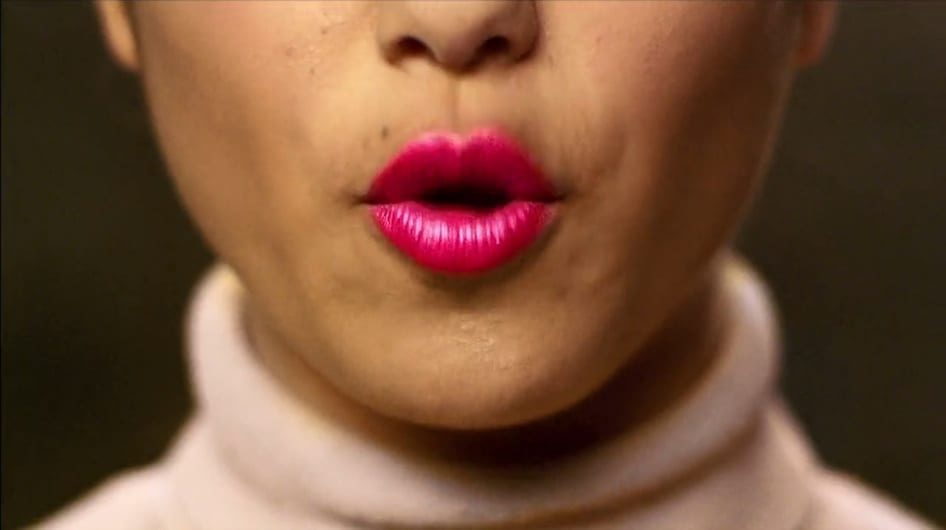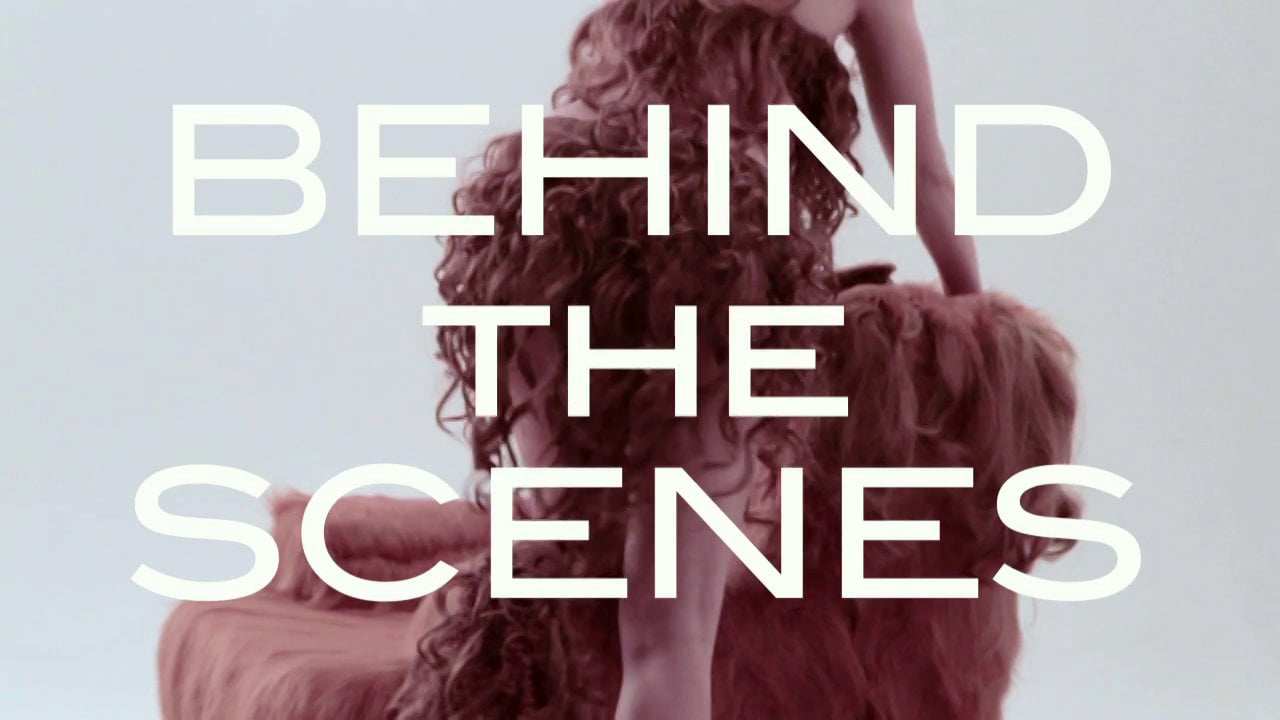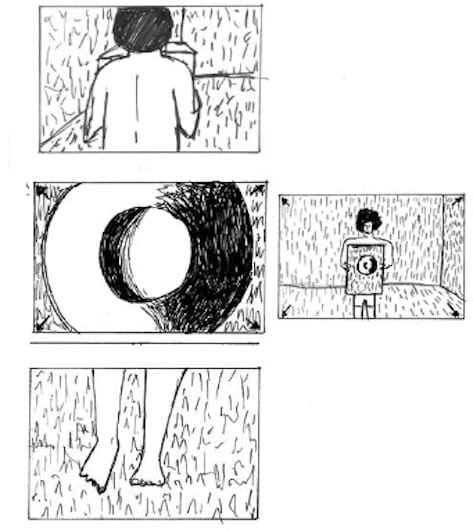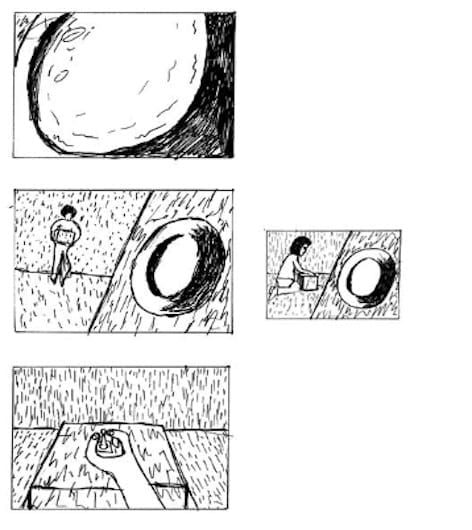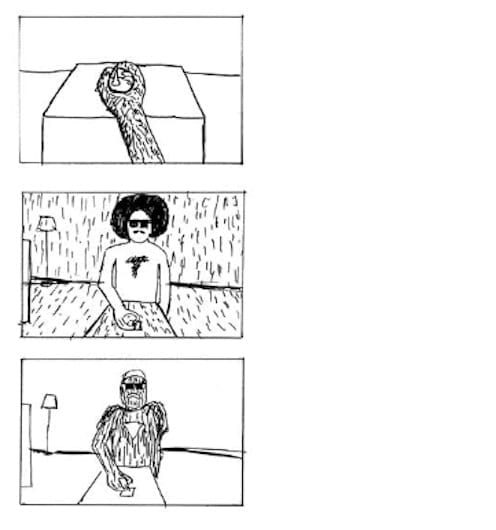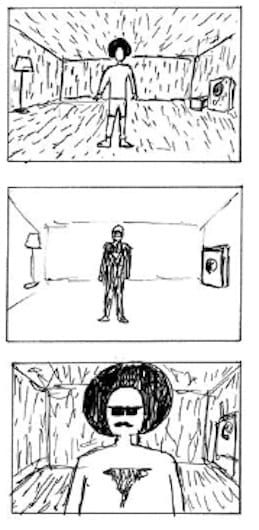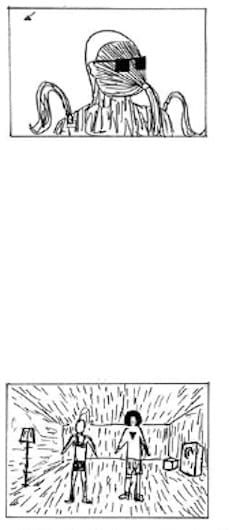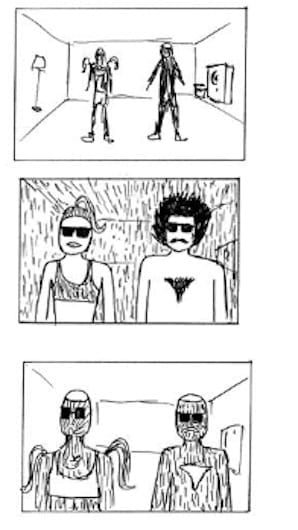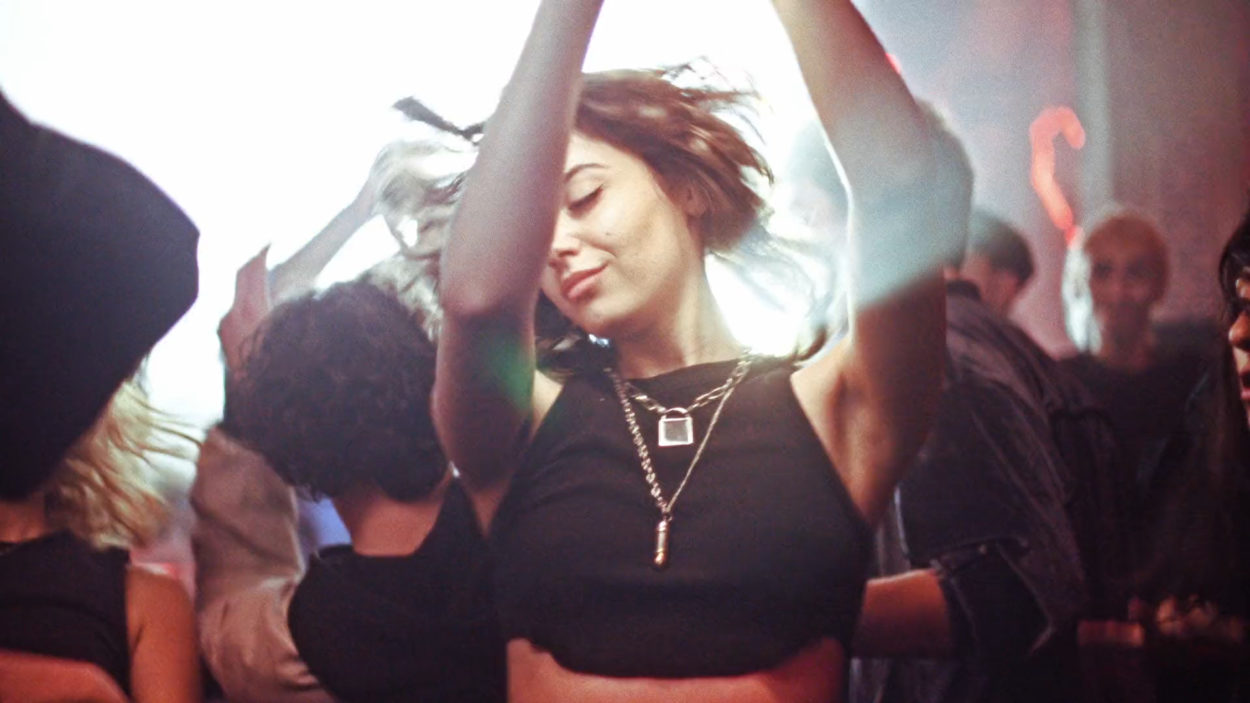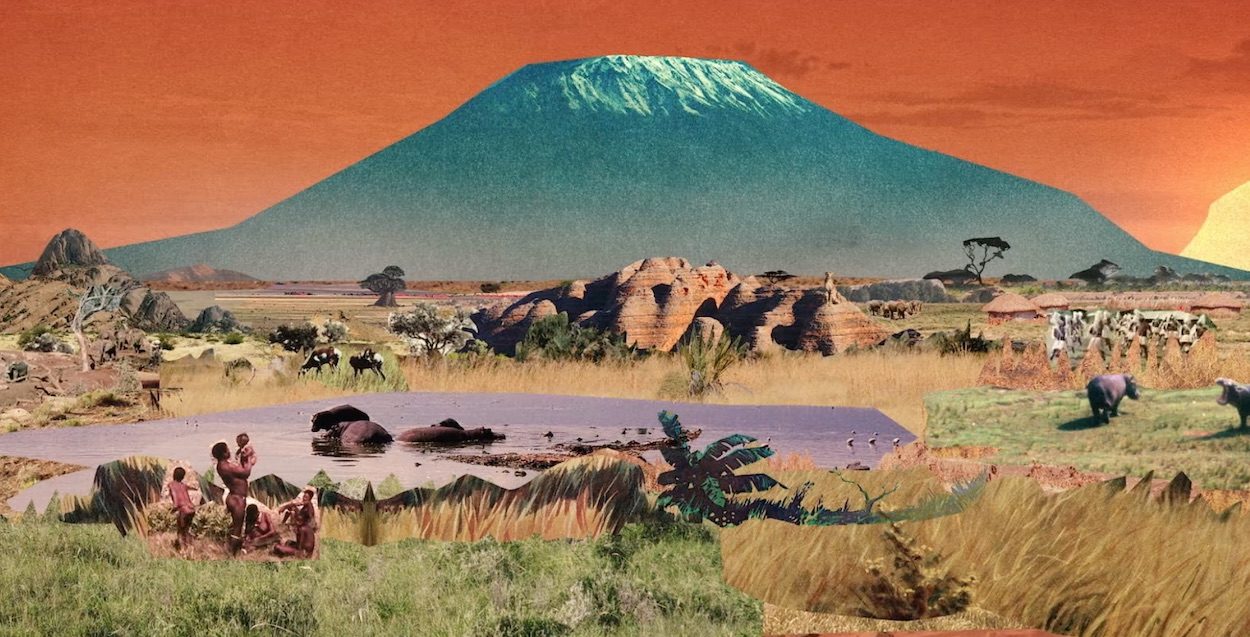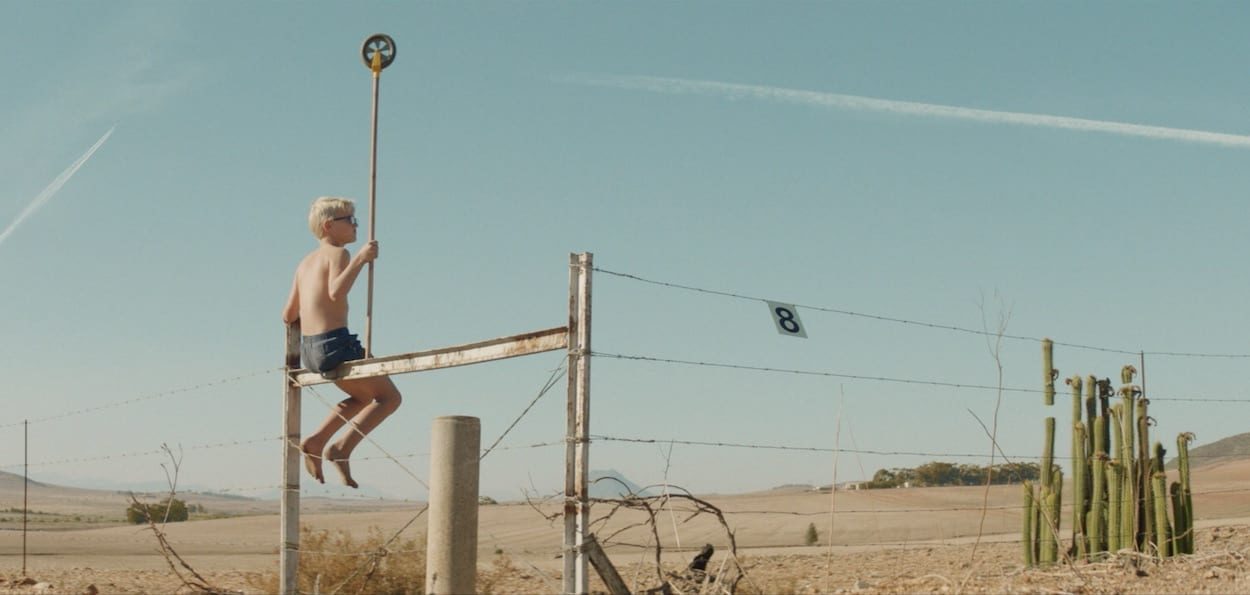It’s a wonderfully crazy good video. How did the idea even begin … and evolve?
Of course we’ve always liked the idea of Reverse Hair Men. Your Reverse Hair Man has hair where you don’t. And is bald where you’re hairy. Remember… every single person in the whole world has their very own corresponding Reverse Hair Man / Woman.
We liked the visual of these Reverse Hair Men. But for the video we wanted to play with the fact it’s a type of negative, like a negative of a photograph, just one which we created with hair. So we decided to flick between the normal and the reverse. For this to work we started measuring things like hairlines and eyebrows to match them with their bald counterpart.
How did you work the timings out with the choreographed routines and the music?
It was important that the dancers hit the exact same mark for every move they did. However, we didn’t want them just to stay on the spot. They should be free to move about in their furry / pink room. It’s their room after all where they do things like hang out and dance to house music. We broke the choreography into three sections, each starting and ending at a specific moment in the track. We marked out the positions of each dancer for each take on the floor. When we were doing this in the furry room we had to use sausages under the fur floor so the dancers could feel where they were meant to be with their (non-hairy) toes.
What was your brief for the costume designs and art direction?
Despite a slow economic recovery in the UK there is a thriving trade in human hair in London. Seven ‘clips’ of straight blond hair (18 – 20 inches long) will cost up to £50 if it’s real. Hannah, the costume designer, was our guide into the black market of polysynthetic weaves. The idea needed the suits to feel like the dancers’ haircuts and not just yeti outfits. And it was the same for the face wigs – we wanted partings, bunches, colour and any details that belonged to human hairstyles rather than wolfmen and werewolves. Haircuts in the wrong place really made us laugh.
The art director Anna Lomax was a huge fan of the track. We became huge fans of Anna Lomax. As a child she never learnt to say ‘no’ so it’s totally absent from her vocabulary now. It must sometimes get in the way of her daily routine but it makes working with her a truly invigorating experience. The idea was to make this feel like a strange world where the boy and girl might live, rather than a set / backdrop for some dancers in a promo. To enable us to flick between the two worlds we had to choose a palette which wouldn’t be too jarring. If the pink room had been white for instance then it would have felt almost like a strobe effect rather than a negative of the furry room. Ben Todd created the perfect amount of shadow and replicated it in each set-up so that while the colours changed the shadow made it feel like we were in the same place.
What were the main challenges of the production and how did you resolve them?
Matching the shots. One in particular springs happily to our minds. We marked out camera position, height, angle, lens and exactly where every object and person was in each take and what their actions were. We shot in the furry room first. Then repeated our shot list in the pink room. When it came to the shot of the dancer kneeling at the box we set everything up according to our notes but something wasn’t right. We’d get the foreground to match but then the lamp or the naughty little side-table in the background wouldn’t match. We’d set to work moving the objects but it wasn’t that they were in the wrong place. It was that the perspective was all wrong. So we’d match the background and get that working, but then the foreground wouldn’t match. As night fell we spent many a fun hour fiddling with this one shot to get it.
Was it a complicated edit?
As soon as the automatic button is pressed we wanted it to feel as though the beat was driving the edit. This was the principle. But being human we strayed from our principles now and again. Our editor Sam seemed to get more comfortable in his chair the more complicated the edit became. The faster the cut the more his shoulders relaxed. It’s what Wesley Snipes in White Men Can’t Jump refers to as ‘in the zone’ and what we like to call ‘in the edit’.
